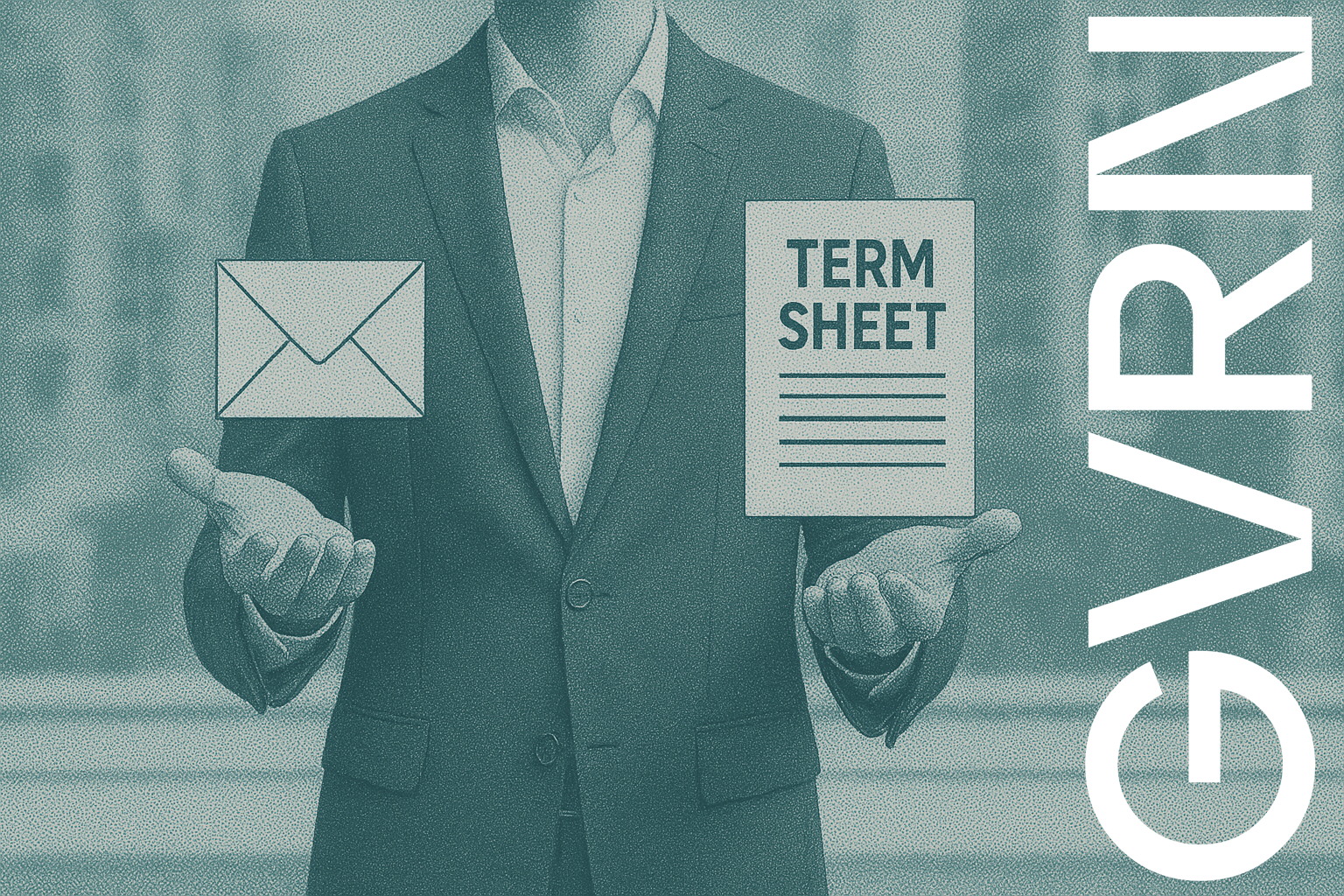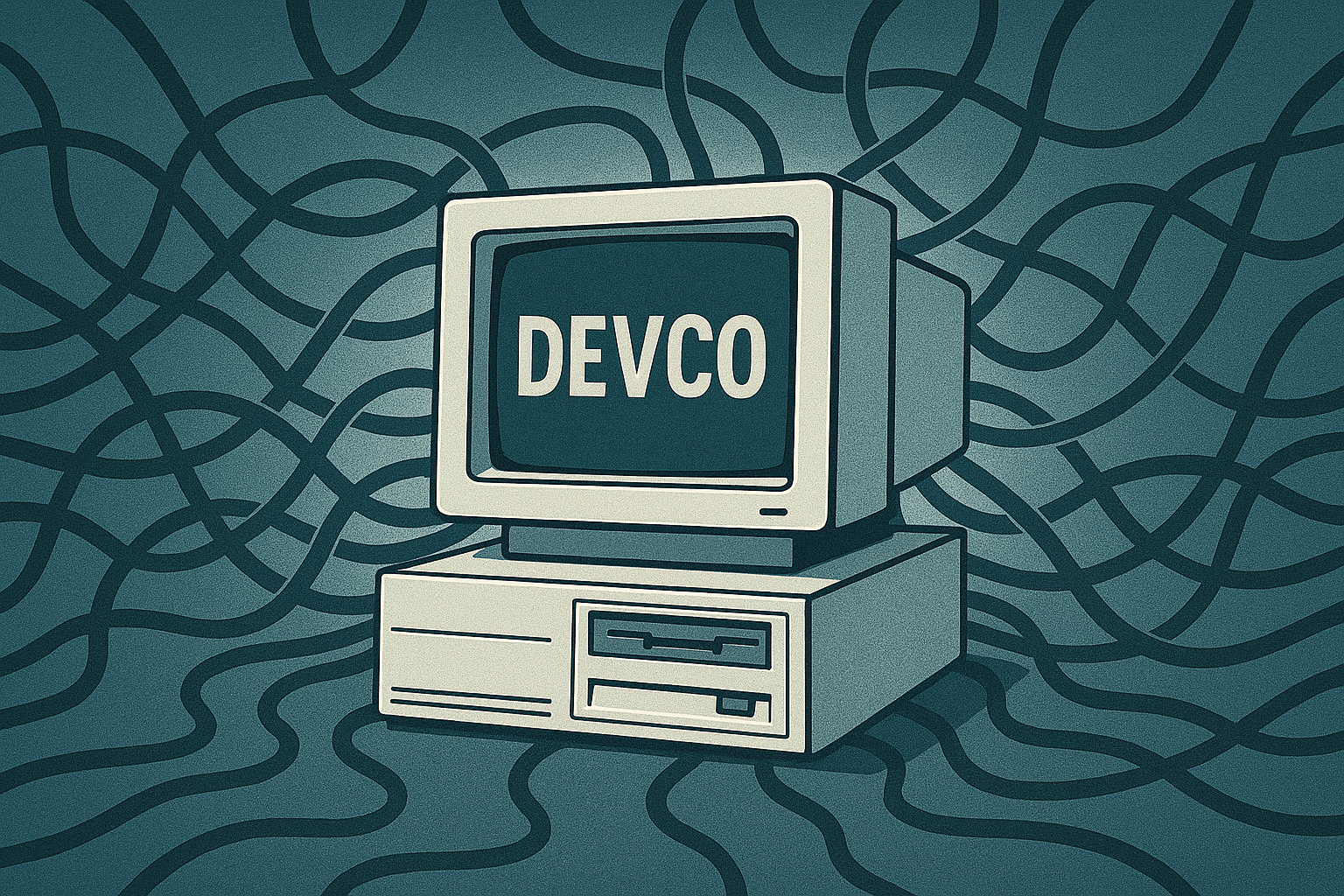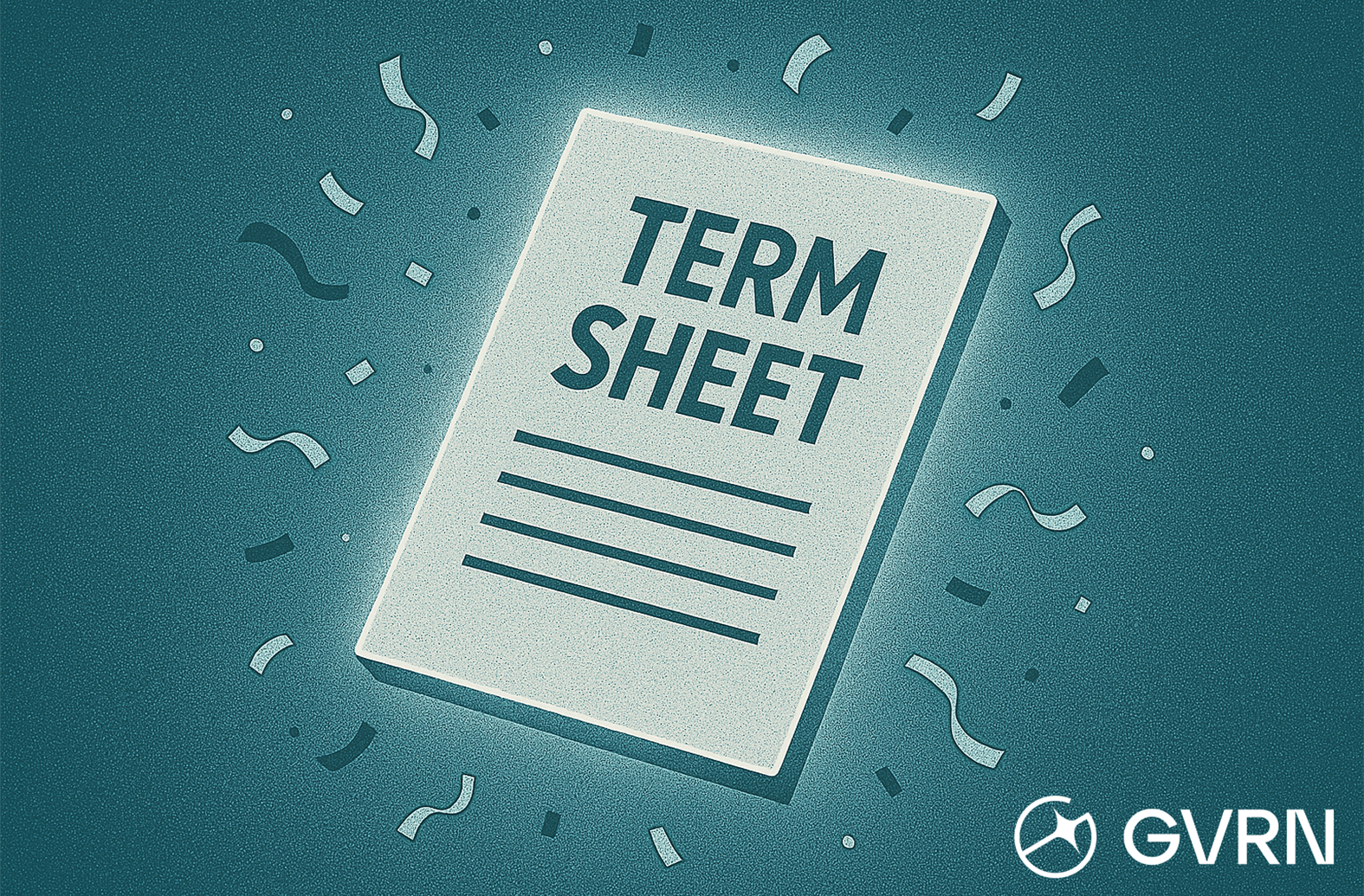LOI vs Term Sheet: Which One Do You Actually Need?
Key differences at a glance
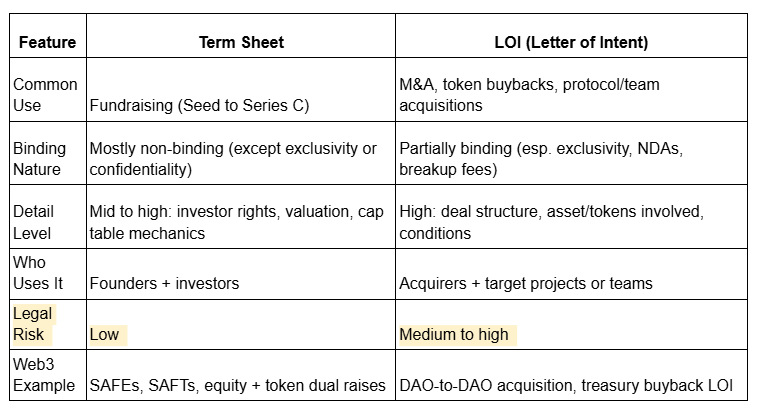
What’s a Term Sheet?
A Term Sheet is the first formal step in closing a fundraising deal. It’s a short, non-binding document that outlines key terms such as valuation, equity or token allocation, investor rights, timelines, and governance, before full legal agreements are drafted. It sets the tone without locking anyone in.
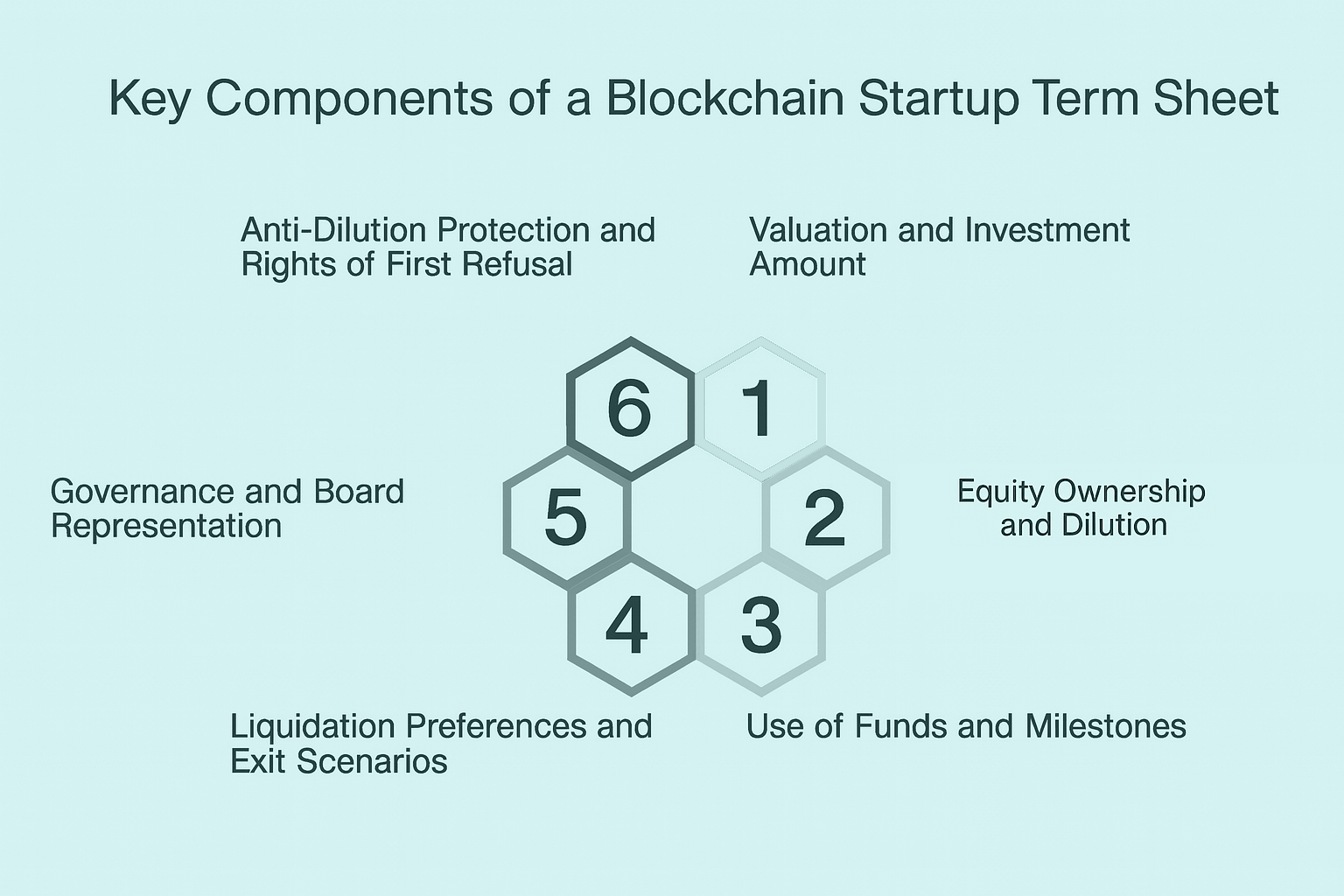
What’s an LOI?
A Letter of Intent (LOI) is a formal signal that a buyer or acquirer is serious about doing a deal. Common in M&A, token buybacks, and team acquisitions, LOIs outline key terms, negotiation timelines, and often include binding clauses like exclusivity or breakup fees.
Unlike Term Sheets, LOIs carry legal weight and help define the structure and boundaries of the deal, before full contracts are signed.
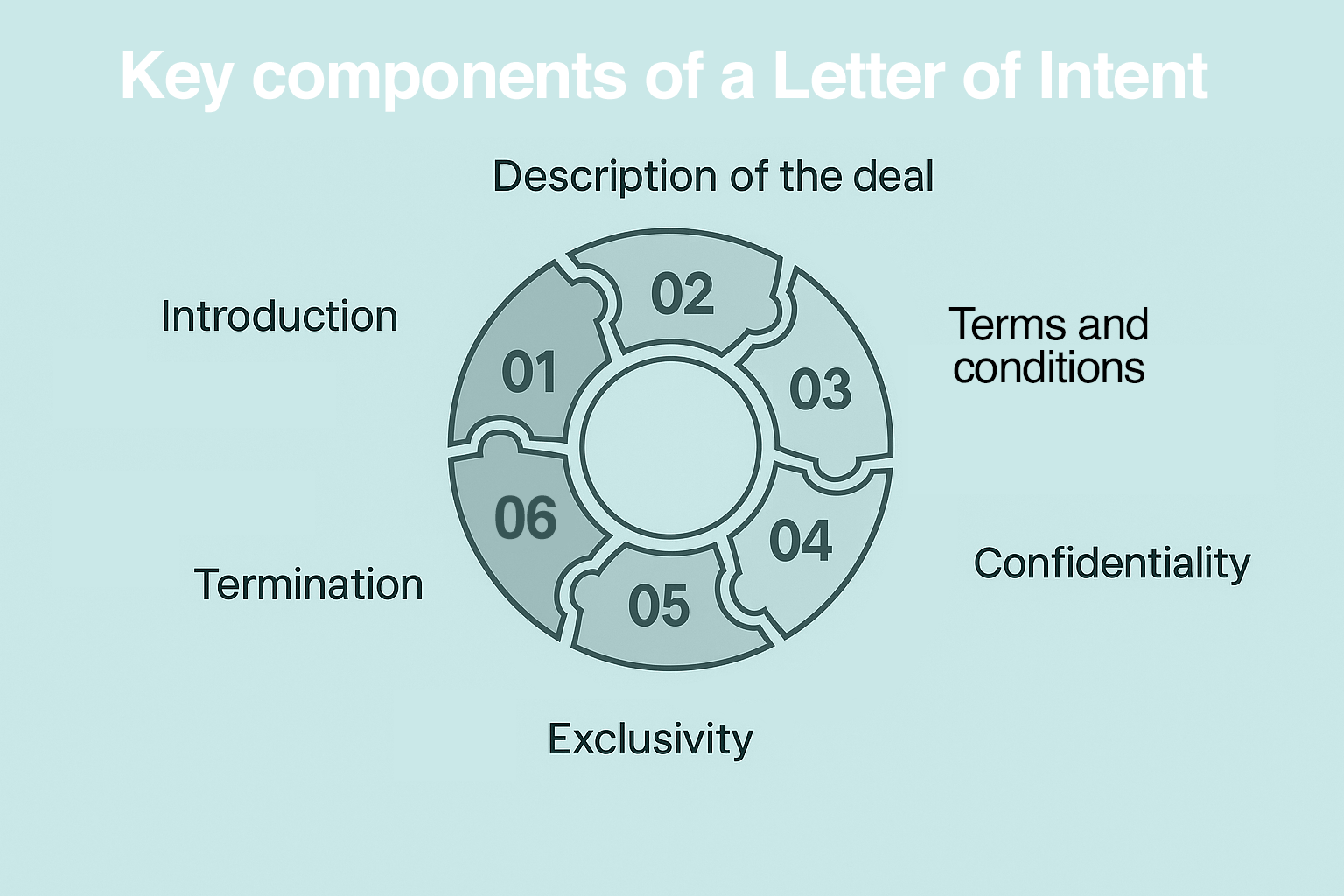
How Are LOIs and Term Sheets the Same?
Despite serving distinct deal types, LOIs and Term Sheets overlap in important ways:
- Preliminary role: Both come before any definitive agreement is signed.
- Clarity and alignment: They help both sides align on deal terms before due diligence begins.
- Conditional binding: Certain clauses, like NDAs or exclusivity windows, can be legally binding, even if the document as a whole isn’t.
- Signal of seriousness: Sharing either of these documents implies you’re ready to commit time, resources, and attention.
Ultimately, both are accelerators. They smooth the road to a deal. But the degree of legal obligation they introduce and the types of deals they support differ substantially.
Major Differences You Should Know
Though Term Sheets and LOIs can look similar at first glance, their function, structure, and legal consequences differ dramatically once you get into the details.
Here’s what makes each document unique in the context of Web3:
Use Case: Fundraising vs M&A
Term Sheets are mostly used in fundraising, from seed rounds to Series C. LOIs are typically used in mergers, acquisitions, token buybacks, or team acqui-hires.
Binding Nature
Term Sheets are usually non-binding, except for specific clauses like exclusivity or confidentiality. LOIs are often partially binding.
Legal Enforceability
A Term Sheet is mostly a mutual understanding, not a contract you can take to court. Conversely, a LOI can be enforceable if certain provisions are clearly defined (e.g., exclusivity periods, breakup fees, or misuse of confidential information).
Negotiation Style
Term Sheets tend to be more collaborative, especially in early-stage funding where long-term alignment matters more than short-term leverage. LOIs are often more adversarial or transactional, especially when price, control, or IP is on the line.
Governing Jurisdictions
The governing law for Term Sheets and LOIs should align with the structure and goals of the project, not default convention.
- Delaware law is common for startups and VC deals, especially in the U.S., due to its business-friendly statutes and predictable courts.
- UK or EU law is often chosen in cross-border M&A for familiarity and regulatory alignment with European stakeholders.
- In Web3, hybrid structures like a Cayman foundation + Delaware C-corp are typical, Cayman offers tax neutrality and DAO flexibility, while Delaware supports investor protections.
Rather than a fixed rule, jurisdiction is a strategic choice, balancing enforceability, stakeholder comfort, and long-term scalability.
Market Expectation (by Region)
- In the US, the split is clear: Term Sheets for fundraising, LOIs for M&A.
- In the UK/EU, the lines are less clear, Heads of Terms or MOUs often serve similar roles as Term Sheets and LOIs, with varying enforceability.
- In Asia, deal formats are less standardized, and enforceability depends heavily on local precedent.
Degree of Detail
A Term Sheet focuses on financial specifics like valuation, equity split, investor rights, and protections, spelled out in clear detail. An LOI, by contrast, takes a broader approach, outlining the overall structure and intent of the deal without going deep into individual terms.
Who Drafts What
Term Sheets are usually drafted by the lead investor or sometimes by the founder if you’re initiating the round and setting terms. LOIs are almost always drafted by the buyer or acquiring party.
When to Use a Term Sheet vs LOI
Which document you use depends on what kind of deal you're doing, who you're doing it with, and where it's happening. Here’s the quick breakdown:
By Deal Type
Use a Term Sheet for fundraising equity, tokens, or both. It sets expectations quickly without legal lock-in. Use an LOI for M&A, token repurchases, or acquisitions, where structure and enforceability are essential.
How to choose between a Term Sheet and LOI?
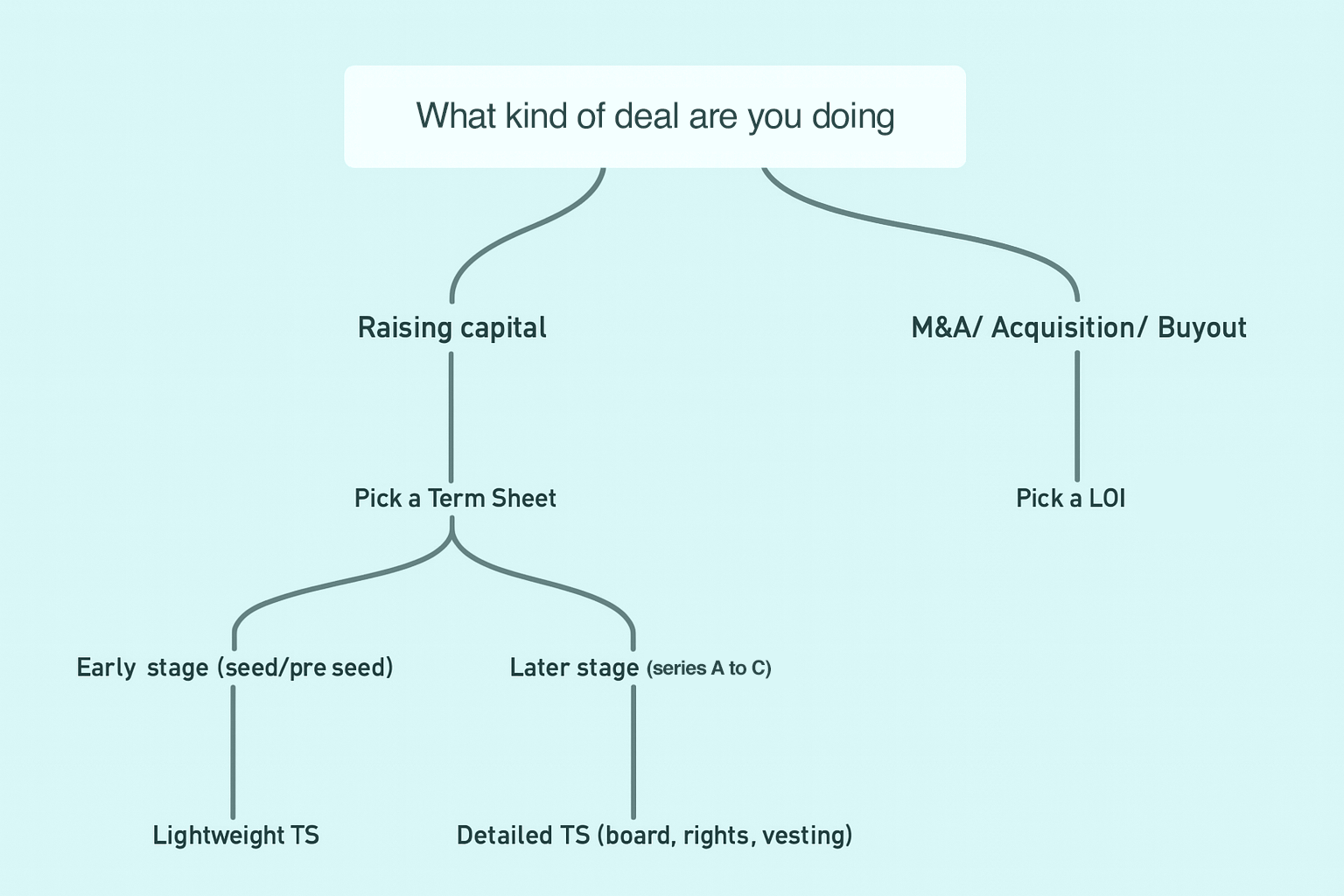
By Stage
Use Term Sheets at the budding stages of your project from Seed through Series C. At the point of being acquired or when you are planning your exit, a LOI can address complexity and enforce key terms.
By Counterparty
VCs, angels, and syndicates usually expect Term Sheets. Strategic buyers, DAOs, or PE firms will use LOIs to define exclusivity and diligence access.
By Region
In the US, Term Sheets are for funding; LOIs for M&A. In the UK/EU, a mix of both "Heads of Terms" and "MOUs" are used. For teams based in Cayman, BVI, or Singapore, align with local norms while ensuring legal clarity. However, deals are usually cross-border and each investor has their own preferences.
Red Flags in LOI / Term Sheet Use
Early-stage documents are meant to speed up a deal, not complicate it. But certain clauses, if left unchecked, can create friction or expose you to legal risk. Here’s what to watch out for:
- Exclusivity without clear expiration: Always specify a firm end date.
- Missing timelines: Define milestones for diligence, signing, and fund/token transfer.
- Sweeping access rights: Limit to what's necessary for diligence and revoke if the deal falls through.
- Side undocumented agreements: Avoid off-document promises. Consolidate all enforceable terms into writing.
Sample Language: Binding vs Non-Binding
The language used in the documents may sound similar, but the wording nuances may have different implications and potential liabilities. Here's how the same exclusivity clause might look in each format:
Non-Binding
"The Company agrees not to solicit or accept alternative offers for a period of 30 days from the date of this term sheet. This clause is non-binding."
This signals intent but keeps the door open legally.
Binding
"The Seller shall not solicit, discuss, or enter into negotiations with any other party regarding a transaction for 45 days. Breach of this clause will result in a $100,000 termination fee."
This restricts your options and enforces consequences.
Templates to Download
Grab GVRN’s all-in-one Dual Template Pack (LOI + Term Sheet), designed specifically for Web3 founders and investors.
Download GVRN’s Dual Template Pack
Both documents are crafted by experienced Web3 legal counsel to cover funding rounds (SAFE, SAFT, token warrants) and transaction deals (acquisitions, token buybacks). Everything is modular, just plug in your deal terms and you’re ready to negotiate.
FAQ: Term Sheet vs LOI
Is a LOI a type of term sheet?
Not exactly. Both are early-stage documents, but they serve different purposes. Term Sheets are typically for fundraising and LOIs for acquisitions.
When should I choose LOI or Term Sheet?
It depends on the deal type. Fundraises mainly center around Term Sheets. M&As typically run with LOIs. Hybrid deals may involve both.
Can I use both in one deal?
Yes. This is common in hybrid Web3 deals. For example, a lead investor might issue a Term Sheet for the round, while a strategic partner negotiates an LOI for a token buyback or ecosystem partnership running in parallel.
Are LOIs enforceable in court?
Parts of an LOI can be enforceable especially exclusivity, confidentiality, and access clauses. Even if the deal falls through, violating those terms could still trigger legal consequences.
Can I customize standard clauses?
Absolutely. You should. Clauses like exclusivity, token rights, or breakup fees should reflect your deal, the stage your project is at, and the leverage you have. GVRN’s platform makes customization simple, without adding legal drag.
Recap: When in Doubt, Choose Based on Your Needs
If you’re raising capital and need flexibility, choose a Term Sheet. If you're negotiating a high-stakes acquisition or merger, use an LOI.
As a rule of thumb: the earlier into the discussions, the lighter your document can be. But as you progress further into negotiations, the document should have more structure and substance to it.
With GVRN, you don’t have to guess. We help you select the right document, customize every clause, and stay legally aligned so you can close fast and build without friction.
.png)
.png)



